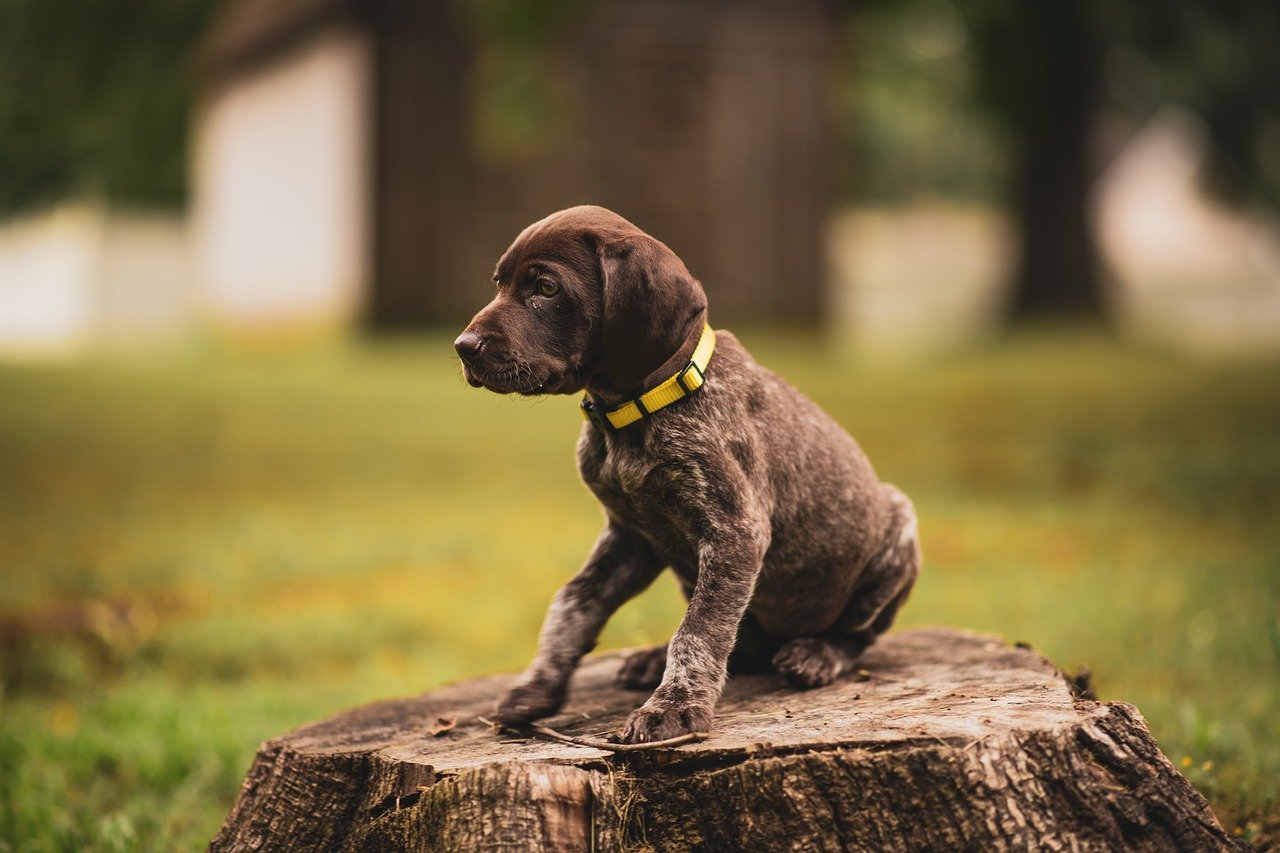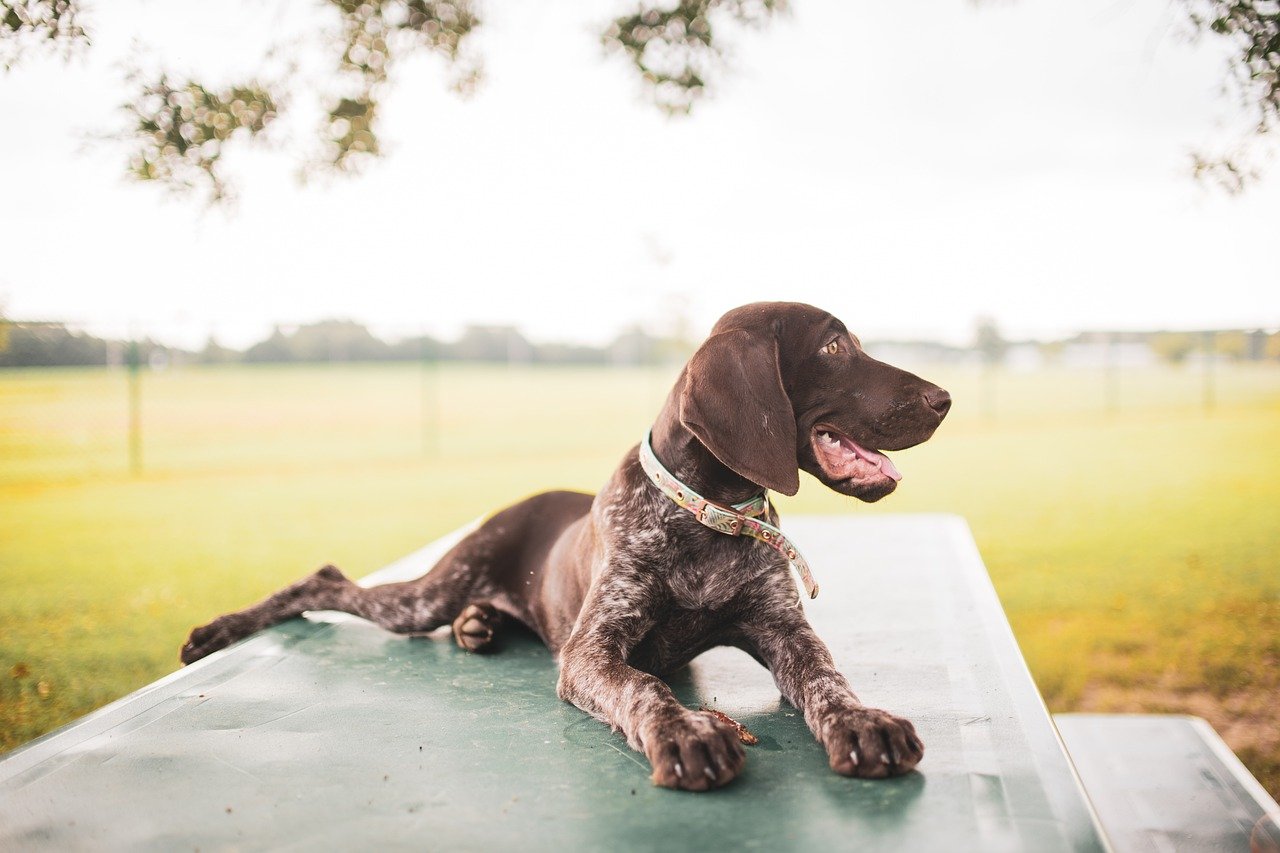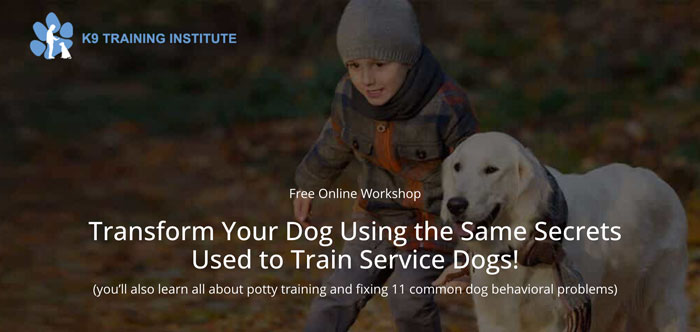Socializing a German Shorthaired Pointer puppy is a vital aspect of their upbringing that should not be overlooked. Proper socialization can make all the difference in your puppy’s behavior and temperament.
The Right Ways to Socialize a German Shorthaired Pointer Puppy

Below are the key recommendations for socializing a German Shorthaired Pointer puppy effectively.
1. Start Early:
- The prime socialization window for a German Shorthaired Pointer puppy is between 8 to 14 weeks of age. Start as soon as you bring your puppy home.
2. Introduce to a Variety of People:
- Make sure your German Shorthaired Pointer puppy meets people of different ages, sizes, and ethnicities. This helps to prevent them from developing anxieties or biases later in life.
3. Puppy Playdates:
- Arrange playdates with other vaccinated puppies or adult dogs that are known to be friendly. This helps your German Shorthaired Pointer puppy learn good social manners from other canines.
4. Gradual Exposure to Environments:
- Take your German Shorthaired Pointer puppy to various environments such as parks, pet stores, and outdoor cafes. Begin with less stimulating environments and gradually move to more complex ones.
5. Leash Training:
- Get your German Shorthaired Pointer puppy accustomed to a leash early on. This not only prepares them for walks but also helps control their movements during social encounters.
6. Positive Reinforcement:
- Use treats and praise to reward your German Shorthaired Pointer puppy when it displays good social behavior. This helps them associate new experiences with positive outcomes.
7. Handling Exercises:
- Regularly touch and handle your German Shorthaired Pointer puppy’s paws, ears, and mouth. This prepares them for future grooming and vet visits.
8. Teach Basic Commands:
- Teach simple commands like “sit,” “stay,” and “come.” This not only aids in socialization but also in general obedience.
9. Car Rides:
- Take your German Shorthaired Pointer puppy on car rides to different places. This helps them get used to traveling and reduces motion sickness or travel anxiety.
10. Interaction with Other Animals:
- If possible, introduce your German Shorthaired Pointer puppy to other animals like cats, rabbits, or birds in a controlled environment.
11. Observe Body Language:
- Always pay attention to your German Shorthaired Pointer puppy’s body language during socialization. If they seem stressed or scared, it’s okay to remove them from the situation and try again later.
12. No Forced Interactions:
- Never force your German Shorthaired Pointer puppy into social interactions. Let them approach new experiences at their own pace.
13. Avoid Negative Experiences:
- Make sure that the socialization process is as positive as possible. Negative experiences can have a long-lasting impact.
14. Use Controlled Environments:
- When first exposing your German Shorthaired Pointer puppy to new experiences, make sure the environment is controlled to minimize surprises or scares.
15. Gradual Separation:
- Gradually accustom your German Shorthaired Pointer puppy to short periods of separation from you to prevent separation anxiety.
16. Incorporate Various Noises:
- Play recordings of different sounds like traffic, thunder, and fireworks at a low volume, gradually increasing the sound as your German Shorthaired Pointer puppy becomes more comfortable. This helps them become accustomed to various noises they might encounter.
17. Socialization Classes:
- Enroll your German Shorthaired Pointer puppy in a puppy socialization class to ensure it gets well-rounded exposure to different dogs and people under professional supervision.
18. Consult Your Vet:
- Always consult your vet before beginning a socialization program to make sure your German Shorthaired Pointer puppy is healthy and has had all necessary vaccinations.
19. Keep a Socialization Journal:
- Keep track of what experiences your German Shorthaired Pointer puppy has had, how they reacted, and what needs further exposure. This will help you identify any gaps in their socialization.
20. Start a Puppy Obedience Training Program:
- Lastly, I strongly recommend enrolling in a structured puppy obedience training program like SpiritDog’s Ultimate Puppy Training Program or K9 Training Institute’s Dog Masterclass. This provides a disciplined approach to socialization and ensures that your German Shorthaired Pointer puppy learns from certified trainers.
The Wrong Ways to Socialize a German Shorthaired Pointer Puppy

Proper socialization is crucial for a German Shorthaired Pointer puppy’s healthy emotional and mental development. However, mistakes during this important period can lead to various behavioral problems. Below are some common missteps that should be avoided while socializing a German Shorthaired Pointer puppy.
1. Waiting Too Long to Start:
- Delaying socialization until the German Shorthaired Pointer puppy is older than 14 weeks can lead to missed opportunities for forming good social habits. The ideal window is between 8 to 14 weeks.
2. Overwhelming the Puppy:
- Introducing the German Shorthaired Pointer puppy to too many new experiences or people at once can be overwhelming, causing them to develop anxieties or fears.
3. Allowing Uncontrolled Interactions:
- Allowing the German Shorthaired Pointer puppy to engage with unknown dogs or people without any control can lead to negative or even dangerous encounters.
4. Using Negative Reinforcement:
- Using punishment methods, such as yelling or leash jerking, can make social encounters a negative experience for the German Shorthaired Pointer puppy, thus reinforcing unwanted behaviors.
5. Forced Exposure:
- Forcing the German Shorthaired Pointer puppy into situations where they are visibly uncomfortable can create lasting fears or phobias.
6. Ignoring Puppy’s Body Language:
- Not paying attention to signals like growling, pulling back, or crouching can result in forcing the German Shorthaired Pointer puppy into situations they are not comfortable with.
7. Limited Human Interactions:
- Only exposing the German Shorthaired Pointer puppy to a few people can lead to problems with socializing in more diverse settings later on.
8. Exposing to Non-vaccinated Animals:
- Allowing your German Shorthaired Pointer puppy to interact with non-vaccinated animals can put them at risk for diseases.
9. Avoiding Different Environments:
- Keeping the German Shorthaired Pointer puppy only in familiar places will not adequately prepare them for the variety of environments they will encounter in their life.
10. Not Using a Leash:
- Allowing the German Shorthaired Pointer puppy to roam freely during social encounters can lead to uncontrollable and potentially hazardous situations.
11. Skipping Basic Commands:
- Not teaching basic commands can leave you without a way to control your German Shorthaired Pointer puppy during social interactions.
12. Not Consulting a Veterinarian:
- Failing to consult with a vet before starting a socialization program can result in exposing a German Shorthaired Pointer puppy who might not be medically ready for social interactions.
13. Relying Solely on Puppy Socialization Classes:
- While these classes are beneficial, they can’t replace a well-rounded socialization experience that includes various settings and stimuli.
14. No Handling Exercises:
- Neglecting to get your German Shorthaired Pointer puppy used to be touched in various ways can make future grooming or vet visits stressful.
15. Letting Fearful Behavior Go Unaddressed:
- If your German Shorthaired Pointer puppy shows signs of fear or aggression, failing to address these issues can lead to serious behavioral problems later on.
16. Too Much Separation:
- Over-isolating a German Shorthaired Pointer puppy can result in a lack of social skills and separation anxiety.
17. Skipping Car Rides:
- Failing to expose your German Shorthaired Pointer puppy to car rides may result in a dog that is anxious or frightened when traveling.
18. Inconsistent Training:
- Inconsistency in rewards or punishments can confuse a German Shorthaired Pointer puppy and make socialization more difficult.
19. Ignoring Previous Negative Experiences:
- If your German Shorthaired Pointer puppy has a bad experience, ignoring it and not working to rectify the situation can prolong or intensify their fears.
20. Not Enrolling in a Structured Obedience Program:
- A structured program, such as SpiritDog’s Ultimate Puppy Training Program or K9 Training Institute’s Dog Masterclass, is not just for obedience but also includes important socialization aspects. Avoiding these can result in a poorly socialized German Shorthaired Pointer puppy.
Consider Online Dog Training for Your German Shorthaired Pointer Puppy
Our 2 favorite online courses are:
1. SpiritDog’s “Perfect Obedience” Course
The Perfect Dog Obedience Bundle is an online dog training program designed to help dog owners achieve well-behaved pets. The comprehensive course covers basic obedience, and loose leash walking, and includes bonus mini-courses on training habits and rewards, stopping jumping, and separation anxiety solutions. With lifetime access to expert trainers for personalized feedback and a 60-day money-back guarantee, this course aims to provide effective, accessible training for a variety of dog behavior issues.
2. K9 Training Institute’s “Dog Masterclass”
More than just an obedience course, this more comprehensive training course tackles any behavior problem you might face with your dog.
Understanding and avoiding these common mistakes can help you socialize your German Shorthaired Pointer puppy the right way. A well-socialized dog is not only easier to manage but also leads to a happier, less stressful life. Keep these pitfalls in mind to give your German Shorthaired Pointer puppy the best chance at growing into a well-adjusted adult dog.


 Toledo, United States.
Toledo, United States.
